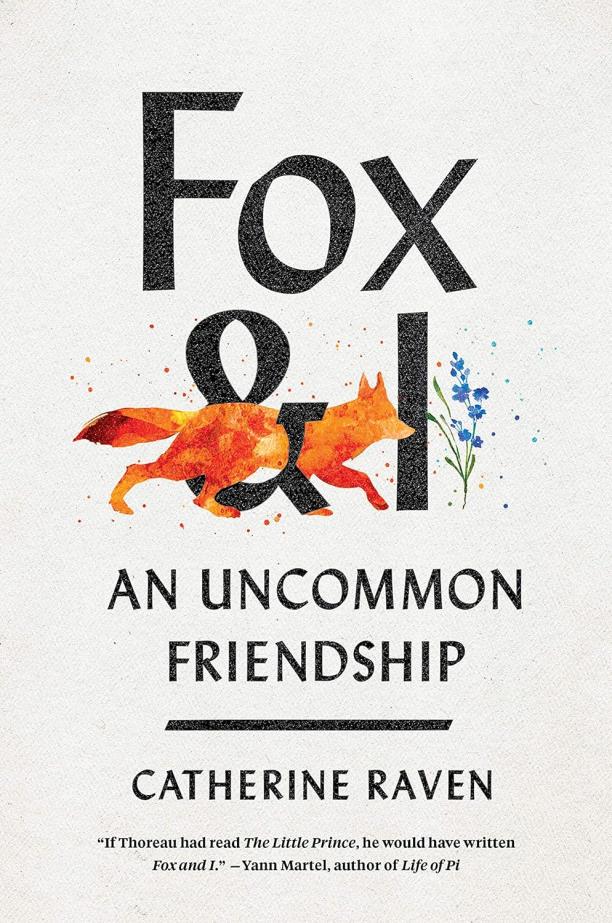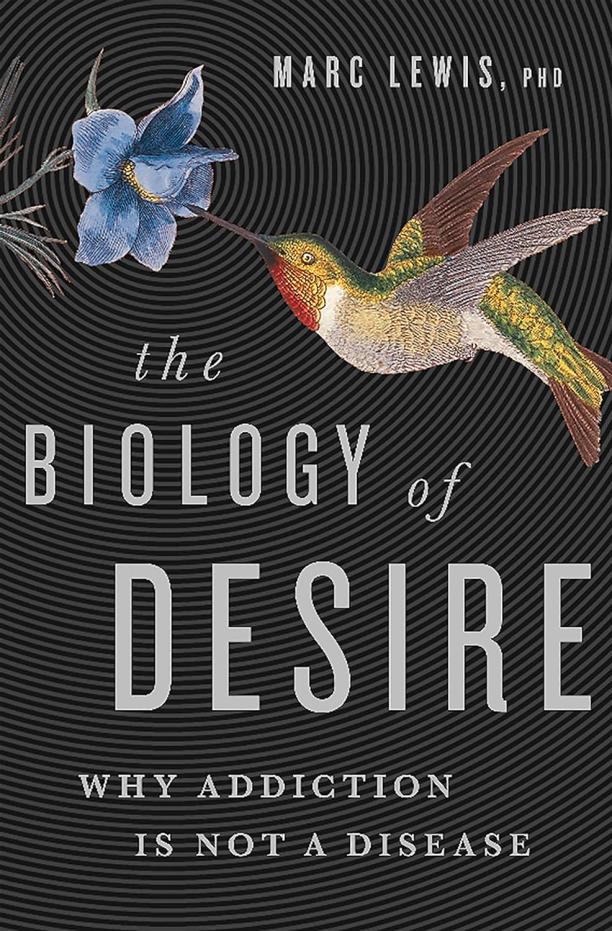Summaries of books about Science & Math:

Viral
The Search for the Origin of Covid-19
Matt Ridley|Alina Chan
The book investigates the origins of the SARS-CoV-2 virus, examining the evidence for both natural spillover and potential lab-related scenarios. It delves into the scientific, political, and ecological factors surrounding the emergence of COVID-19, presenting a detailed analysis of the pandemic's beginnings.
See full summary

The Great Mental Models Volume 2
Physics, Chemistry and Biology
Shane Parrish|Rhiannon Beaubien
The book explores foundational concepts from physics, chemistry, and biology to provide readers with tools to improve their decision-making and problem-solving skills. It delves into scientific principles and phenomena, illustrating how understanding these models can offer insights into various aspects of life and work.
See full summary

The Road to Reality
A Complete Guide to the Laws of the Universe
Roger Penrose
The book offers a comprehensive overview of the physical universe and the underlying mathematical principles, from the foundational concepts of quantum mechanics and general relativity to the latest theories in cosmology. It delves into complex topics such as spacetime, the nature of consciousness, and the role of mathematics in physics, aiming to bridge the gap between abstract mathematical concepts and the physical reality they describe.
See full summary

A Primate's Memoir
A Neuroscientist's Unconventional Life Among the Baboons
Robert M. Sapolsky
The book chronicles the author's experiences living among a troop of baboons in Kenya, detailing his scientific observations and the relationships he formed with the primates. It blends humor and poignant reflections on the interplay between the baboon society and human cultures, as well as the impact of stress on health, which is a central theme in the author's research.
See full summary

Helgoland
Making Sense of the Quantum Revolution
Carlo Rovelli
The book delves into the history and implications of quantum mechanics, focusing on the pivotal role of Werner Heisenberg's 1925 breakthrough while on the island of Helgoland. It explores the philosophical and scientific consequences of quantum theory, proposing a relational interpretation that challenges our understanding of reality and time.
See full summary

Fox and I
An Uncommon Friendship
Catherine Raven
The memoir recounts the author's unexpected friendship with a wild fox while living in a remote area of Montana. Through their daily interactions, she reflects on nature, science, and the profound connections between humans and wildlife.
See full summary

The Moral Animal
Why We Are, the Way We Are: The New Science of Evolutionary Psychology
Robert Wright
The book explores how evolutionary theory can explain human behavior and social dynamics, arguing that natural selection has shaped our psychological tendencies, from sexual attraction to cooperation and competition. It delves into topics such as altruism, hierarchy, and the subconscious motives behind our moral choices and actions.
See full summary

The Grid
The Fraying Wires Between Americans and Our Energy Future
Gretchen Bakke
The book explores the complexities of the United States' aging electrical grid, examining its history, current challenges, and the technological and policy innovations needed to modernize it. It delves into the grid's vulnerability to failure and inefficiency, and the potential for a future with a more resilient and sustainable energy infrastructure.
See full summary

Wonders of the Universe
Brian Cox|Andrew Cohen
The book explores the complexities of the cosmos, from the intricacies of the atomic world to the vastness of galaxies, providing insights into the fundamental forces and celestial phenomena that shape the universe. It combines stunning imagery with accessible scientific explanations to illuminate the beauty and mysteries of space for a general audience.
See full summary

The Biology of Desire
Why Addiction Is Not a Disease
Marc Lewis
The book challenges the disease model of addiction, arguing that it is a habit formed through the brain's natural learning processes. It presents personal stories of addiction alongside neuroscientific insights to illustrate how desires become compulsions through changes in the brain's structure and function.
See full summary